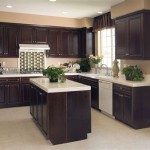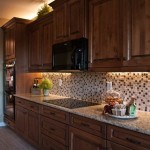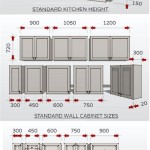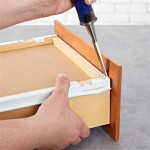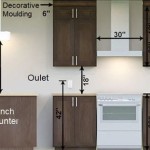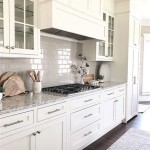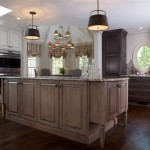Essential Aspects of DIY Kitchen Cabinetry
DIY kitchen cabinet construction is a rewarding and cost-effective home improvement project. By carefully planning and executing each phase, you can craft custom cabinets that perfectly suit your needs and style. Here are the essential aspects to consider for a successful kitchen cabinet-making endeavor:
1. Design and Planning
The first step is to design your cabinets, including measurements, material selection, and hardware choices. Consider the layout of your kitchen, the space available for cabinets, and the desired style. Sketch out a plan that includes the dimensions, number of drawers and shelves, and any special features you want.
2. Material Selection
Kitchen cabinets can be made from various materials, each with its own advantages and disadvantages. Popular choices include plywood, particleboard, MDF, and solid wood. Plywood is durable and strong, particleboard is affordable and easy to work with, MDF offers a smooth surface for painting or laminating, and solid wood provides a classic and elegant look.
3. Carpentry Skills
Basic carpentry skills are necessary for building kitchen cabinets. This includes measuring, cutting, assembling, and finishing. A table saw, circular saw, miter saw, drill, and sander are essential tools for this task. If you lack carpentry experience, consider seeking guidance from a professional or seasoned do-it-yourselfer.
4. Cabinet Construction
Once the materials are cut to size, assemble the cabinet boxes using wood glue and screws. Reinforce the corners with L-brackets for added strength. Install drawer slides and hinges for smooth operation of drawers and doors. Ensure all components are level and square before securing them together.
5. Door and Drawer Fabrication
Create the cabinet doors and drawers by cutting and assembling the panels. Attach the face frames to the cabinet boxes and install the doors and drawers. Use soft-close hinges and drawer slides for a smooth and quiet operation. Ensure the doors and drawers fit snugly and align properly.
6. Finishing
The final step is to finish the cabinets to your desired aesthetics. This can involve painting, staining, applying laminate, or covering them with decorative veneer. Apply multiple coats of finish and allow ample drying time between each coat. Use polyurethane or lacquer to protect the surface from wear and tear.
7. Installation
Once the cabinets are complete, install them securely in the kitchen. Level the cabinets and attach them to the walls and floor. Install toekicks, crown molding, or any other decorative elements to enhance the overall look. Ensure the cabinets are plumb and level before securing them in place.
By following these essential aspects, you can successfully build your own kitchen cabinets that not only meet your functional needs but also complement your kitchen's style and create a personalized and functional cooking space.

Build Your Own Cabinets Without Expensive Tools Houseful Of Handmade

How To Build Cabinets The Complete Guide Houseful Of Handmade

Diy Kitchen Cabinets 25 And Easy Ideas For An Update Joyful Derivatives

How To Build Cabinets The Complete Guide Houseful Of Handmade

How To Build Kitchen Cabinets With Pictures Wikihow

How To Build Base Cabinets The Complete Guide Houseful Of Handmade

How To Install Kitchen Cabinets Diy Family Handyman

Homemade Modern Ep86 Kitchen Cabinets

Kitchen Cabinet Designs For Contemporary Cooking Spaces

Build Your Own Cabinets Without Expensive Tools Houseful Of Handmade
Related Posts

